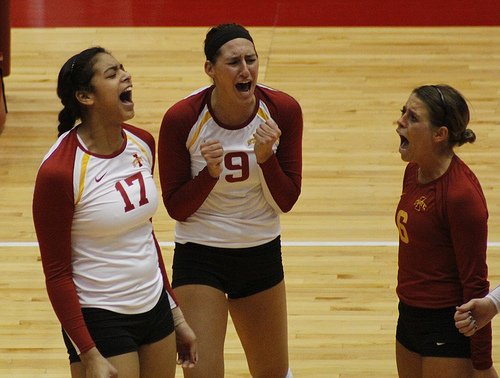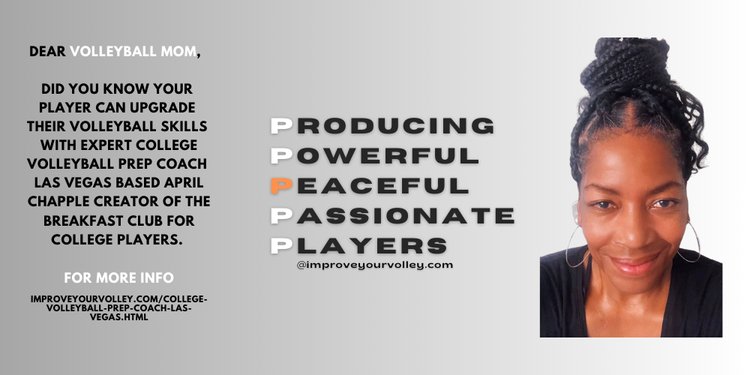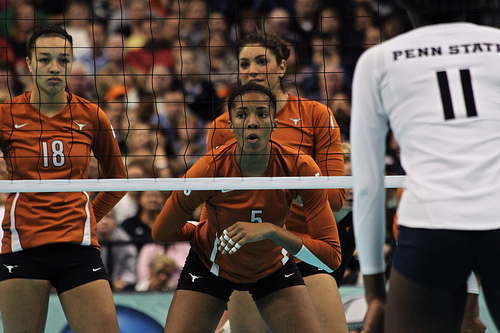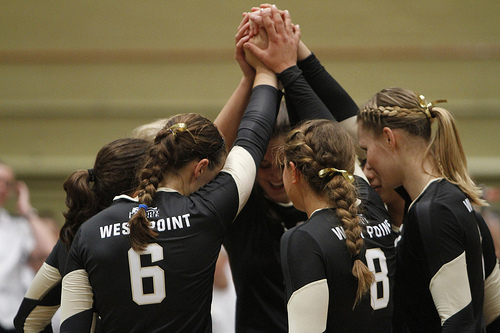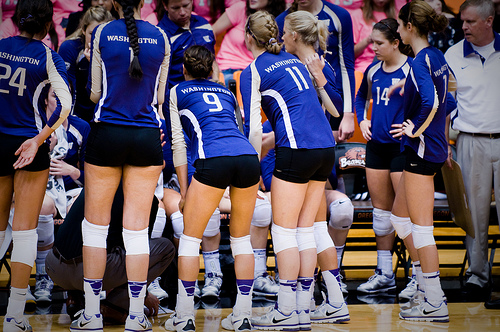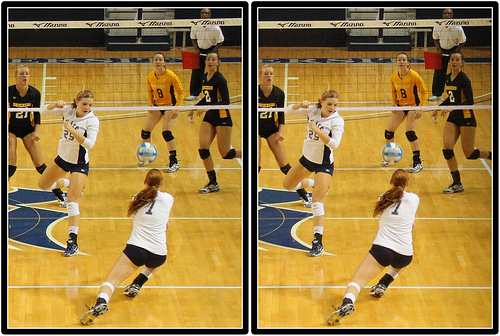- Improve Your Volleyball with Coach April
- High School Varsity Volleyball
- Volleyball Team Communication
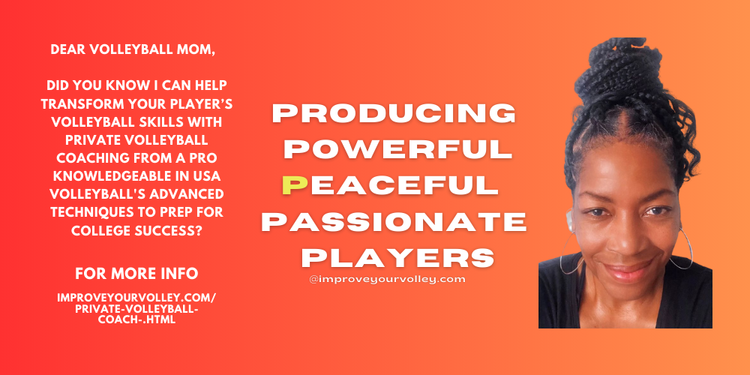 Dear Volleyball Mom,
Do You Know What Sets My Private Volleyball Training Apart From Anyone In Vegas?
I invite You to read what my private volleyball training mission says before considering hiring me as a private volleyball coach because I'm not available for everyone.
Dear Volleyball Mom,
Do You Know What Sets My Private Volleyball Training Apart From Anyone In Vegas?
I invite You to read what my private volleyball training mission says before considering hiring me as a private volleyball coach because I'm not available for everyone.Volleyball Team Communication: What Backrow Players Should Tell Front Row Hitters
Volleyball team communication is important because it eliminates court confusion and reduces the amount of easy points the opposing team can score against you.
I can't emphasize enough the importance of using your time in the back row effectively by providing your offensive players (hitters and blockers) valuable front row info that will help them to help you which helps your team in the long run.
In high school volleyball, do you know how many points teams lose because half of the squad doesn’t know what the other half is thinking or seeing?
Whether you know it or not when your team doesn’t communicate with each other, you guys are in a situation where not only do you need to anticipate what the opposing squad is going to do, but now you need to guess what member’s of your team are going to do, as well.
Just how much more pressure do you want to put on yourselves?
I see so many teams play entire games where teammates never tell each other either
a) what they see the other team is doing or
b) what each other plans to do, so they lose easy points playing a guessing game since they don’t communicate with each other.
If you really want to be that "on court leader" that can consistently add points to your team’s stat sheet without even touching the volleyball, try this next suggestion.
Let’s say there’s a particularly effective front row hitter on the other team that your blockers can’t stop.
While you are in the back row, it’s your responsibility to give your blockers the information they need to stop her. You need to figure out how that spiker is being successful then communicate that information to your front row.
Are your blockers jumping too soon against a hitter with a slow armswing?
Then between plays you can tell them to "wait longer" and to time their block so they go up later.
After all, you are playing behind the block, and if your blockers go up, come down and then the spiker spikes, that means the block is too early.
You don’t always have to wait for your coach to call a timeout to communicate this information.
Between plays if you are sure that this is the problem that your blockers are having, you can be the one to tell them (in their ear if need be) to wait on the block.
Here's another example.
Is the hitter beating your block cross court by hitting inside the middle blocker's internal hand?
Then tell the outside blockers (with the your coach's approval) or you can tell your coach that you think you are seeing that your middle blocker needs to take one more step towards the center of the court to take away more of the hitter’s angle.
I hope that you understand what to say on the volleyball court since you now know that simple communication before and during the play can add up to a lot of easy points for your team.
Do You Follow Me on Pinterest?
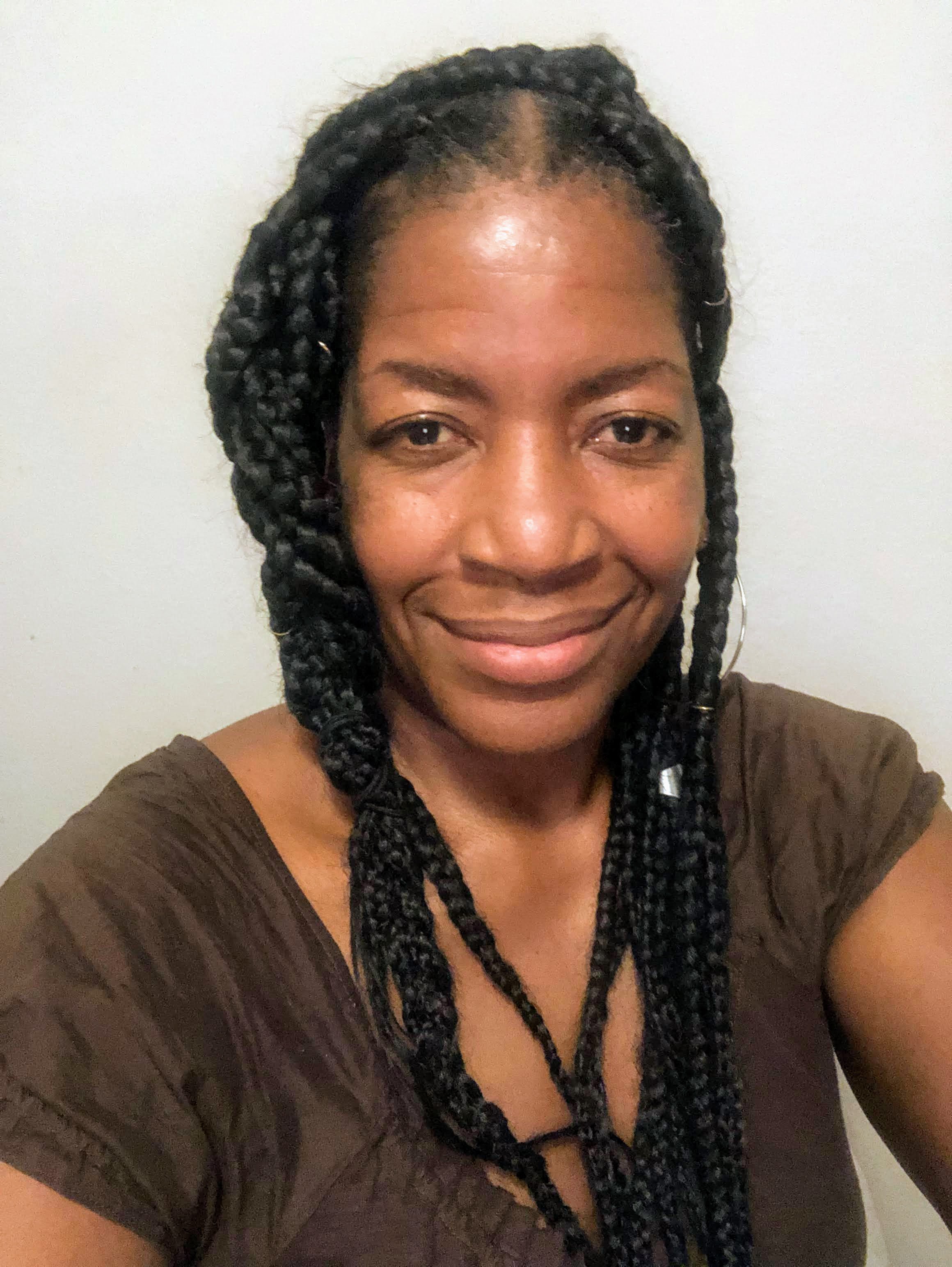 Private or semiprivate volleyball indoor/sand lessons are an excellent way for young Las Vegas high school volleyball players to quickly improve their individual skills through a private or semi-private coaching experience.
These lessons are conducted by former pro volleyball player, former USA Volleyball High Performance instructor and Evaluator and Tstreet Vegas 18s head Coach April Chapple on a weekly basis.
Sign up now!
Private or semiprivate volleyball indoor/sand lessons are an excellent way for young Las Vegas high school volleyball players to quickly improve their individual skills through a private or semi-private coaching experience.
These lessons are conducted by former pro volleyball player, former USA Volleyball High Performance instructor and Evaluator and Tstreet Vegas 18s head Coach April Chapple on a weekly basis.
Sign up now!Follow me on Pinterest Volleybragswag to improve your game even faster!
I share alot of individual, partner and easy-to-do volleyball serving drills we do in class with my followers.
Many of these volleyball practice drills you can do at home by yourself or try at your next practice with your teammates.
If you're a B team or JV player trying to make varsity next year...your goal should be to complete 1000 reps a day of at least three of the basic skills on your own...volleyball passing, serving and setting should be at the top of the list.
Volleyball Team Communication:
Where Do You Go From Here?
What do you need to do now? You have three options:
- Learn more about Volleyball Team Communication
- Follow the suggested reading on our Sitemap page Learning How To Play (Sitemap)
- Or visit the pages in the Volleyball Information in the drop down menu at the top of the page to get started.
- Improve Your Volleyball with Coach April
- High School Varsity Volleyball
- Volleyball Team Communication
- Improve Your Volleyball Performance with Private Volleyball Coach April Chapple ›
- Volleyball Plays Why A Setters Sets Vary In Speed, Height And Location ›
- Volleyball Team Communication: What Backrow Players Tell Their Hitters ›
SUSCRIBE
To My Email Newsletter Below!
From Lady Vol to Legend: Coach April Produces Powerful Passionate Players...is that you?
What Are You Looking For?
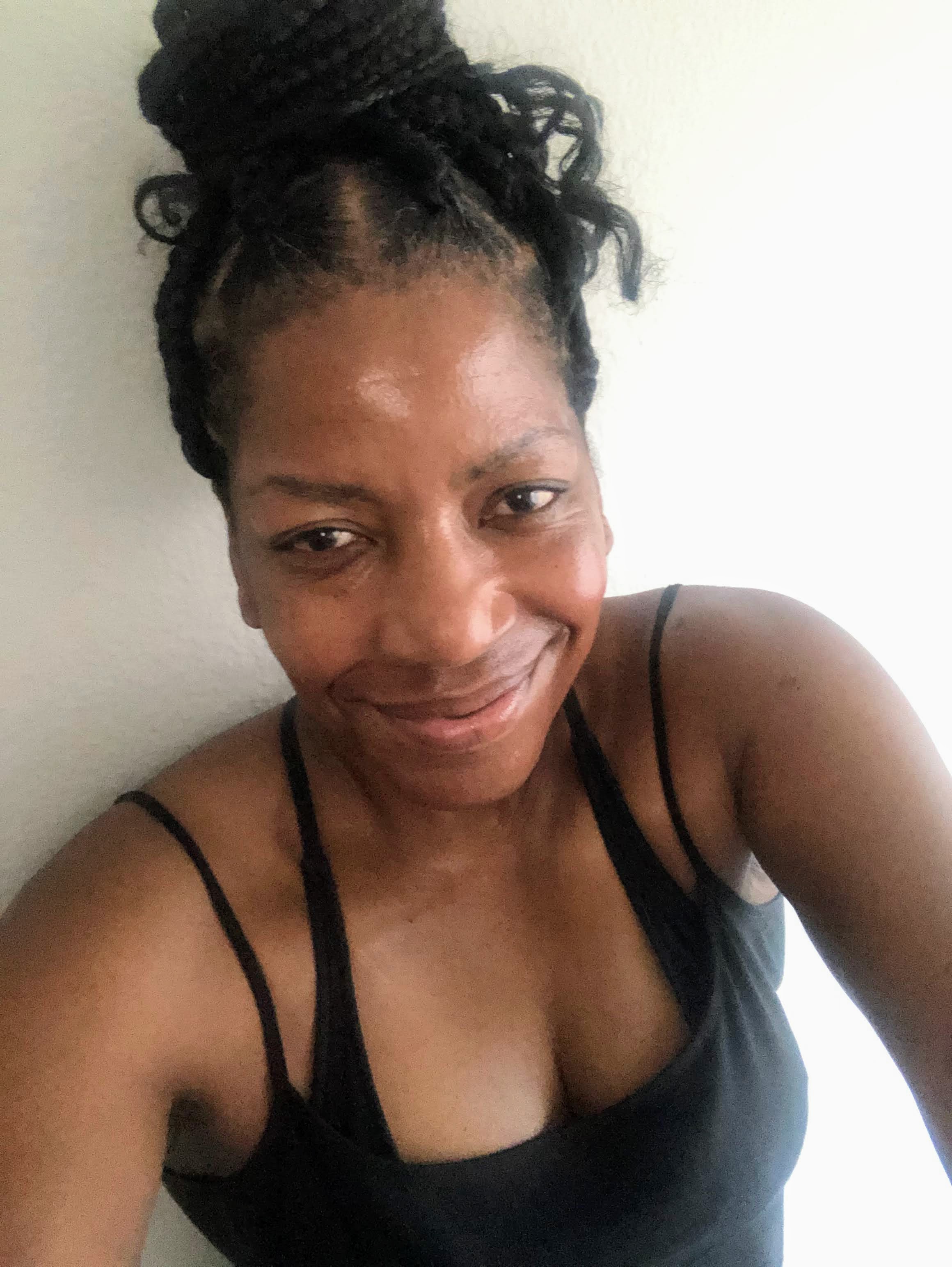
Hi there!
Thanks for stopping by. Hope you learned something today that will help you reach your volleyball goals.
Be sure to subscribe to my email newsletter so you can learn more each week!
Stay strong! Stay motivated!
-Coach April
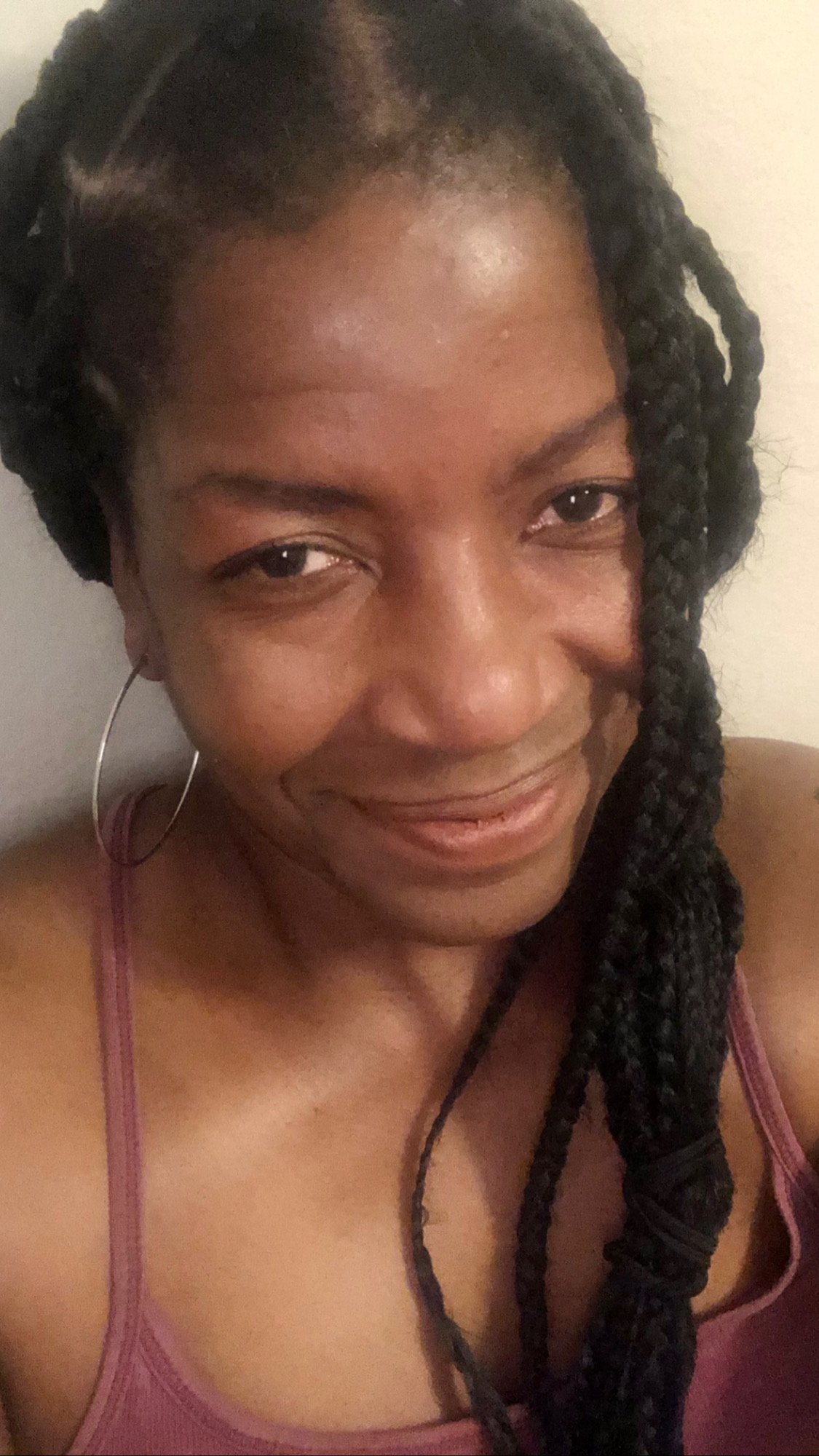
SUSCRIBE
to my email newsletter below!
Vegas Volleyball's Unsung Heroes: Celebrating Moms with Peace Love Volleyball Shirts
Ready to energize your volleyball mom journey?
Subscribe to my 'Producing Powerful Passionate Peaceful Players' email list above on ImproveYourVolley.com.
You'll receive energy-boosting tips, exclusive insights from me, Coach April Chapple on maintaining momentum in volleyball.
Let's power up the Vegas volleyball scene together!
Recent Articles
-
Frequently Asked Libero Volleyball Position Questions Answered
Apr 14, 25 08:10 PM
I answer the most frequently asked libero volleyball position questions many players and coaches ask that will help you learn about the player responsibilities. -
Coach April's Peace Love Volleyball Phrases For T-Shirts Honor Moms
Apr 13, 25 03:49 PM
Whether on the court or in everyday life, April Chapple's volleyball phrases for t-shirts are serving inspiration for players and moms, one message at a time. -
What Is A Setter In Volleyball? My Setting Guide With Answers To FAQs
Apr 13, 25 12:36 AM
Learn what a volleyball setter is from a champion coach. Get expert insights, training tips, and proven strategies for volleyball's most strategic position.
